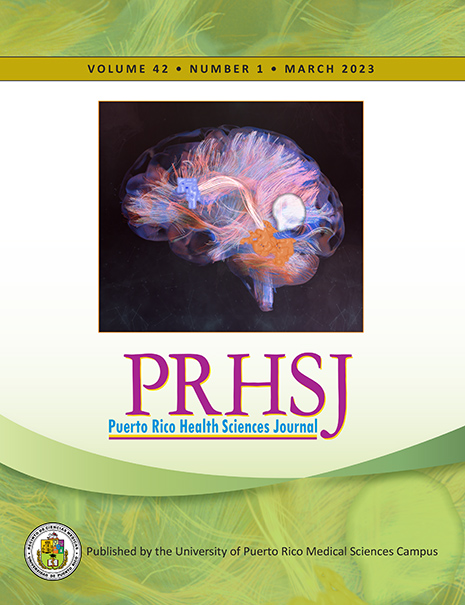Abstract
Objective: This study examined individual factors associated with serious psychological distress (SPD) in mothers. Methods: The study used National Health Interview Survey data (1997-2016), with analysis being restricted to pregnant women and non-pregnant mothers whose youngest child was 12 months old or younger. The Andersen framework, a reliable tool to study health services, was used to examine the effect of individual predisposing, enabling, and need factors. Results: Of 5,210 women, 13.3% had SPD, as determined by the Kessler-6 scale. Compared to those without SPD, those with SPD were more likely to be 18 to 24 years old (39.0% vs. 31.7%; all P values < .001), never have been married (45.5% vs. 33.3%), not have completed high school (34.4% vs. 21.1%), have a family income below 100% of the federal poverty level (52.5% vs. 32.0%), and have public insurance (51.9% vs. 36.3%). Furthermore, women with SPD had a lower proportion of “excellent” health status (17.5% vs. 32.7%). Multivariable regression found that having any formal education was associated with a lower likelihood of perinatal SPD than was not completing high school. For example, the bachelor’s degree odds ratio was 0.48 (95% CI: 0.30, 0.76). A receiver operator curve analysis revealed that individual predisposing factors (e.g. age, marital status, and education), accounted for more explained variation than did enabling or need factors. Conclusion: There are high levels of poor maternal mental health. Prevention and clinical services should focus on mothers with less than a high school education and those reporting poor physical health.
Authors who publish with this journal agree to the following terms:
a. Authors retain copyright and grant the journal right of first publication with the work simultaneously licensed under a Creative Commons Attribution License that allows others to share the work with an acknowledgement of the work's authorship and initial publication in this journal.
b. Authors are able to enter into separate, additional contractual arrangements for the non-exclusive distribution of the journal's published version of the work (e.g., post it to an institutional repository or publish it in a book), with an acknowledgement of its initial publication in this journal.
c. Authors are permitted and encouraged to post their work online (e.g., in institutional repositories or on their website) prior to and during the submission process, as it can lead to productive exchanges, as well as earlier and greater citation of published work (See The Effect of Open Access).
